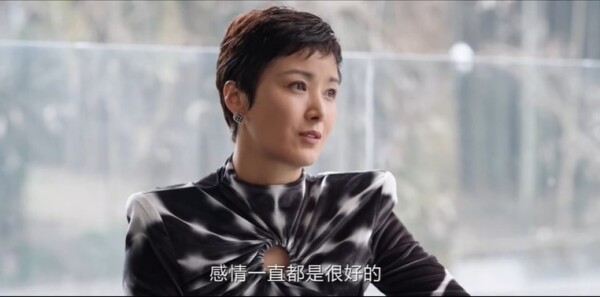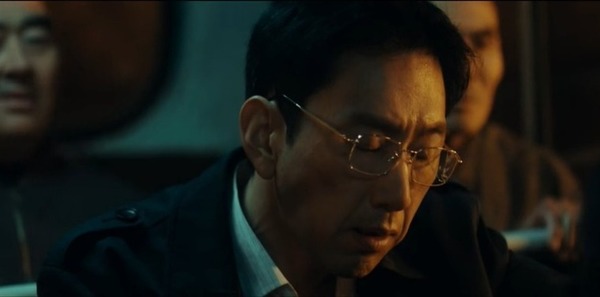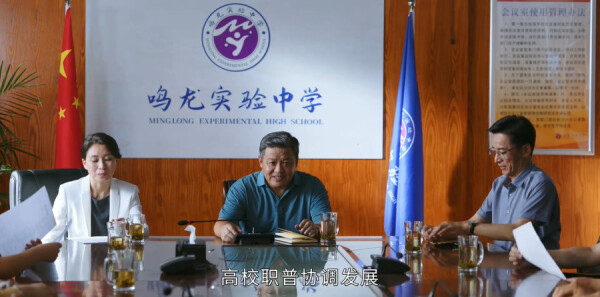Politics of Piety《The role of women in Islamic countries》
- 书评
- 2023-03-26 04:38:32
- 91
The role of women in Islamic countries especially in developing countries is increasingly recognized at all levels of development activity. A women's participation is critical to the success of these projects. Women get together to form agencies. In order to understand both the potential for female agency and the production of female subjectivity as something other than a negative relationship to the symbolic category we have to consider the material and symbolic aspects of subjectification and the relationship between individual people and the larger social world.
Saba Mahmood discussed in her about “tradition” versus “modern” She wrote “I would suggest there are other ways of thinking about tradition that privilege a somewhat different set of ***ytical questions. Tradition may also be understood along the lines of what Foucault calls a ‘discursive formation a field of statement and practices whose structure of possibility is neither the individual nor a collective body of overseers but a form of relation between the past and present predicated of what is sayable doable and recognizable as a comprehensible event in all its manifest forms.” Here she redefined the word tradition by using Foucault’s idea about discursive formation. In the contrary of the word “modern” tradition in the sense may be conceived as a particular modality is reflection upon the past. It is a constitutive condition for the understanding and reformulation of the present and the future. Mahmood in chapter 3 emphasized how mosque movement engaged practice “daiya”. She used an example to show how far the tradition has changed over time. How modern society in Egypt allow a female practitioner to perform in mosques. She mentioned a practitioner named Hajja Faize known in the mosque circles for some controversial practices because she leads women in the performance of collective prayer in mosques even when there is a male imam available to perform this task. It is not the tradition in Egypt since it is usually a man presents and leads the prayers. Hajja Faiza breaks the customary norm by holding a separate session of prayers for women in the mosques. Mahmood concluded at the end that “Islamic discursive practices li
The relationship between “tradition” and “modern” as what Mahmood described in her book is similar to the idea of “western” and “native” in “where have all the natives gone? “ written by Rey Chow. She sees modernism-postmodernism is problematic. She mentioned that “[t]he gaze of the Western scholar is "***ographic" and the native becomes a mere 'naked body'" (p. 34 ) ."
In this essay Chow examines the construction of images of the "native" which despite of their ubiquity remain elusive. "Native" is determined in post-imperialist discourse by the search for "authenticity". Chow seeks to reread Chinese culture to achieve an understanding of otherness that goes beyond colonial discourse". Expanding to Mahmood’s essay “politics of piety” Mahmood questioned how “women of the mosque movement practically work upon themselves in order to become the desirous subjects of this authoritative discourse.” (P 112) In later chapter she answered that “ work by ob
本文由作者笔名:小小评论家 于 2023-03-26 04:38:32发表在本站,文章来源于网络,内容仅供娱乐参考,不能盲信。
本文链接: http://www.w2mh.com/show/19646.html
 小小评论家
小小评论家






















